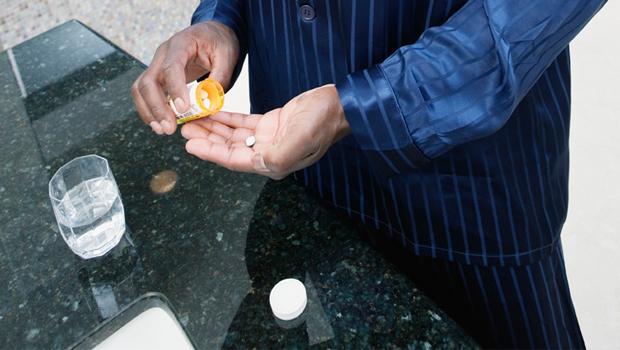How to Stop Most Bruises from Insulin Injections

Certified diabetes educator Jennifer Smith of Integrated Diabetes Services provides answers to common diabetes questions. Have a question? Email our editor at [email protected].
Q: Is it common to get bruises at the site of an insulin injection? What can you do about that?
A: There are many reasons that an injection site might develop a bruise. Try some of these techniques to decrease the chances of bruising:
- Ice the injection site for about 30 to 60 seconds prior to giving the injection.The cold helps to shrink away the capillary blood vessels which may get punctured during a shot.
- If the bruising happens specifically in your abdomen, make sure you are not injecting too close to your belly button.
- Shorter needles tend to cause more bruising than longer needles.
- If you are on blood thinners like warfarin, aspirin, or Plavix, you may be more at risk for bruising. Discuss this with your healthcare provider.
- Make sure you are injecting at a 90 degree angle to your skin, and not on a slant.
- Always use a new needle or pen cap for insulin pens. Reusing needles causes more trauma to the tissue.
- Switch injection sites. Repeated injection into the same area can cause bruising, as well as the development of scar tissue.
[adrotate banner=”36″]
About Integrated Diabetes Services
Integrated Diabetes Services provides one-on-one education and glucose regulation for people who use insulin. Diabetes “coaching” services are available in-person and remotely via phone and the Internet for children and adults. Integrated Diabetes Services offers specialized services for insulin pump and continuous glucose monitor users, athletes, pregnancy & Type 1 diabetes, and those with Type 2 diabetes who require insulin. For more information, call 1-610-642-6055, or write to [email protected].
Want more news on Type 2 diabetes? Subscribe to our newsletter here.





